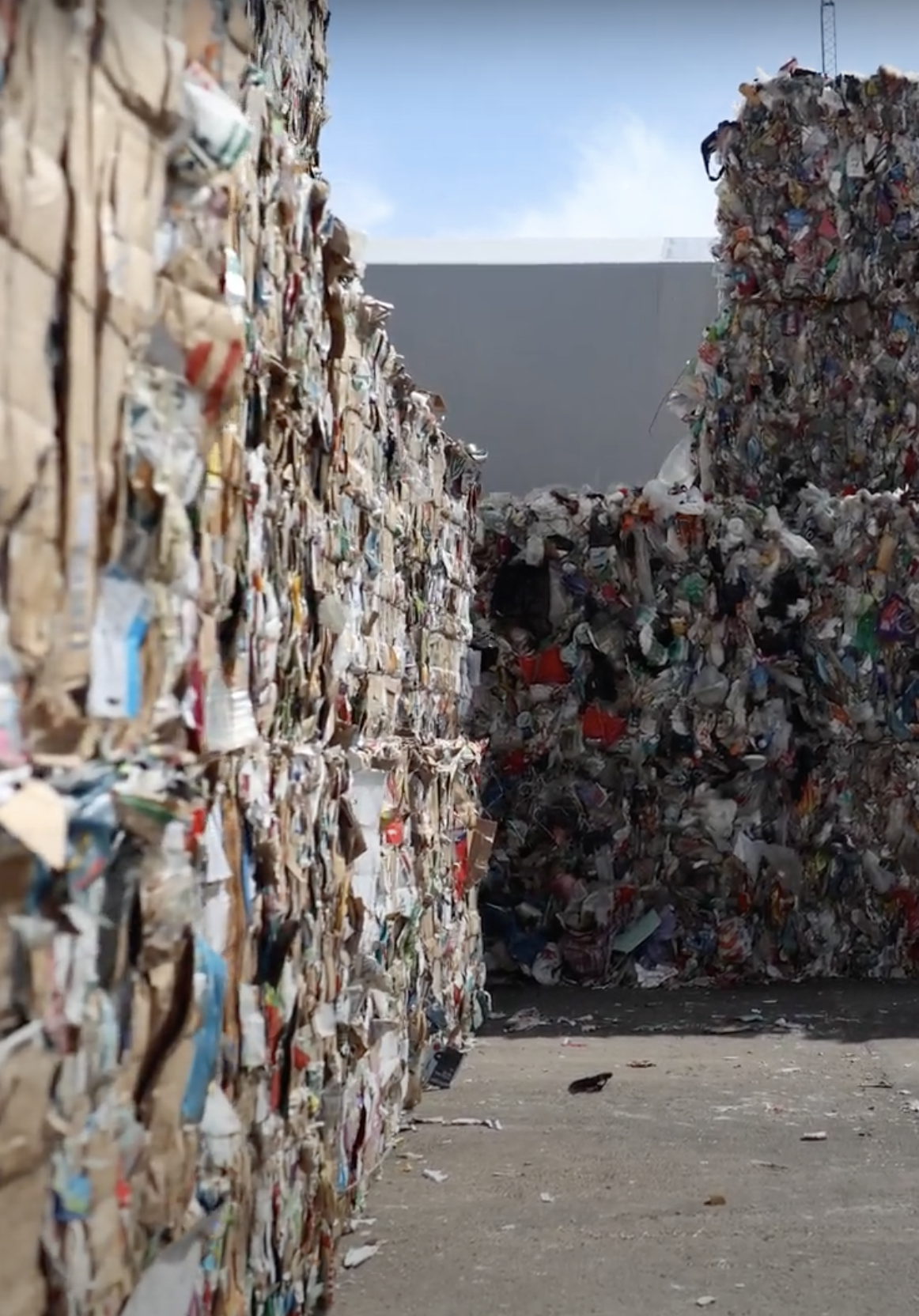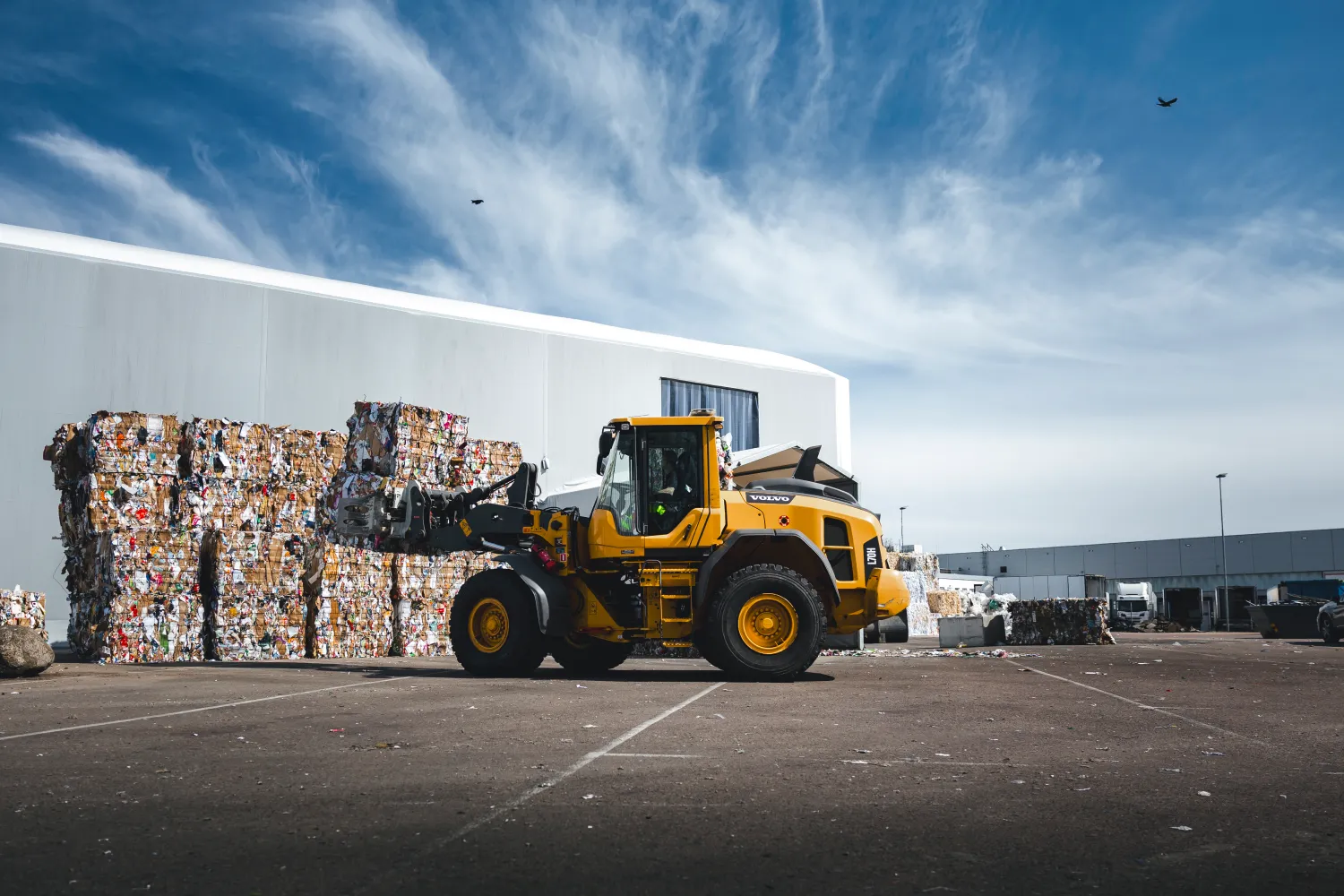In the pursuit of sustainable growth, the integration of Recycling Company (Återvinning Företag) pathways needs significantly more than separated efforts. It requires an extensive approach—one that views the complicated interconnections between production, consumption, and waste. Methods thinking, a way of understanding how personal things interact within greater structures, is showing to be a important tool in planning powerful and long-lasting recycling solutions.

At its primary, techniques considering changes the target from linear waste administration versions to round approaches. Old-fashioned recycling attempts often cope with spend only following it's created, treating it as an end-of-pipe issue. In contrast, programs thinking stresses hands-on design—beginning at the source. It views the entire lifecycle of components, from extraction and production to application and end-of-life. This helps more effective resource rings, where waste is decreased and materials are repurposed or reintegrated into new creation cycles.
One of the key benefits of techniques considering is its power to reveal relationships between numerous stakeholders. As an example, manufacturers, consumers, municipalities, and recyclers are typical section of a broader system. Improvements produced by one group can significantly effect the behavior and outcomes of the others. Through collaborative strategies—such as standardized packaging, clearer labeling, and incentivized get back systems—these personalities may arrange their goals, leading to more structured recycling pathways.
Techniques thinking also encourages advancement in substance choice and solution design. By examining how products are utilized and disposed of, designers can cause goods which are simpler to disassemble, sell, or reuse. That is very appropriate in industries dealing with complicated resources, where conventional recycling methods struggle to attain efficiency or profitability.
Data integration and digital technologies also perform an increasing role in promoting systems-based recycling models. Clever receptors, traceability tools, and electronic twins can help check product moves, discover inefficiencies, and manual interventions. By harnessing real-time data, companies can optimize logistics, estimate demand for recycled materials, and measure environmental impact with higher accuracy.

More over, procedures knowledgeable by programs considering tend to be better made and forward-looking. As opposed to enforcing isolated regulations, policymakers can cause frameworks that help round infrastructure, encourage shared duty, and incentivize sustainable methods across the whole offer chain.
In summary, the integration of recycling pathways advantages considerably from systems thinking. By watching spend perhaps not as an isolated problem but as a symptom of broader endemic issues, stakeholders may develop holistic, flexible solutions that close product rings, conserve methods, and contribute meaningfully to an even more sustainable future.
